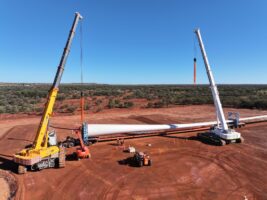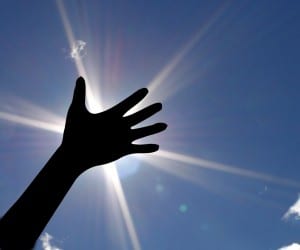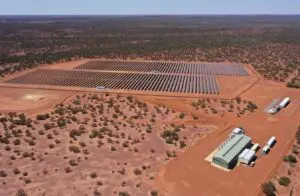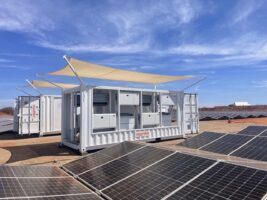A new offshore wind project has joined the race for a spot in the newly declared Hunter zone off the New South Wales coast, with the announcement of the first project from the Spark Renewables, Simply Blue Group and Subsea7 consortium.
Plans for the up to 2GW Sea Fern Floating Offshore Wind project in the Pacific Ocean off the Hunter were unveiled on Tuesday by the consortium, itself unveiled in March.
Spark – which has been building its profile as a major player in Australian renewables – owns a stake in Transgrid, the operator of the main transmission network in NSW, making the state a good starting point in offshore wind.
Simply Blue Group is a leading developer of floating offshore wind, the type of project that will be built in the deep-water Hunter zone, while Subsea7 specialises in the delivery of offshore projects and services for the energy industry.
“Each member of this alliance brings extensive knowledge and achievements, united by a shared vision: to deliver an offshore floating wind project in the Hunter region, which, at its core, maximises long-term opportunities for Australia,” a statement said on Tuesday.
The new project comes just weeks out from the opening of feasibility licence applications for Australia’s second official offshore wind development zone, which stretches over 1,800km2 between Swansea and Port Stephens.
The first zone, in the Bass Strait off the coast of Victoria, was formally declared by the Albanese government in December 2022.
The consortium says the Sea Fern Floating Offshore Wind project is currently at the inception phase of applying for a feasibility licence which, if granted, will enable the project team to consult and work collaboratively with community, businesses, and industry.
Within the seven-year licence period, the project team would undertake the technical, environmental and social impact studies, approvals and consultations needed to ensure the project is safe and viable, a statement said.
“Development approval would be required by 2030 to start construction, with expected operations running through to the 2060s and beyond,” the consortium said.
Spark, the cashed up clean energy offshoot of network company Spark Infrastructure, was acquired for $5.2 billion by international investors KKR and Ontario Teachers in 2021 and has since ramped up its focus on developing renewables and battery storage.
The company said in March that the current capacity of its renewable energy development portfolio has grown to around 7GW, spanning solar, wind and battery storage projects.
These projects include the up to 1GW Mallee wind farm and big battery in the highly sought-after South-West Renewable Energy Zone in New South Wales.










